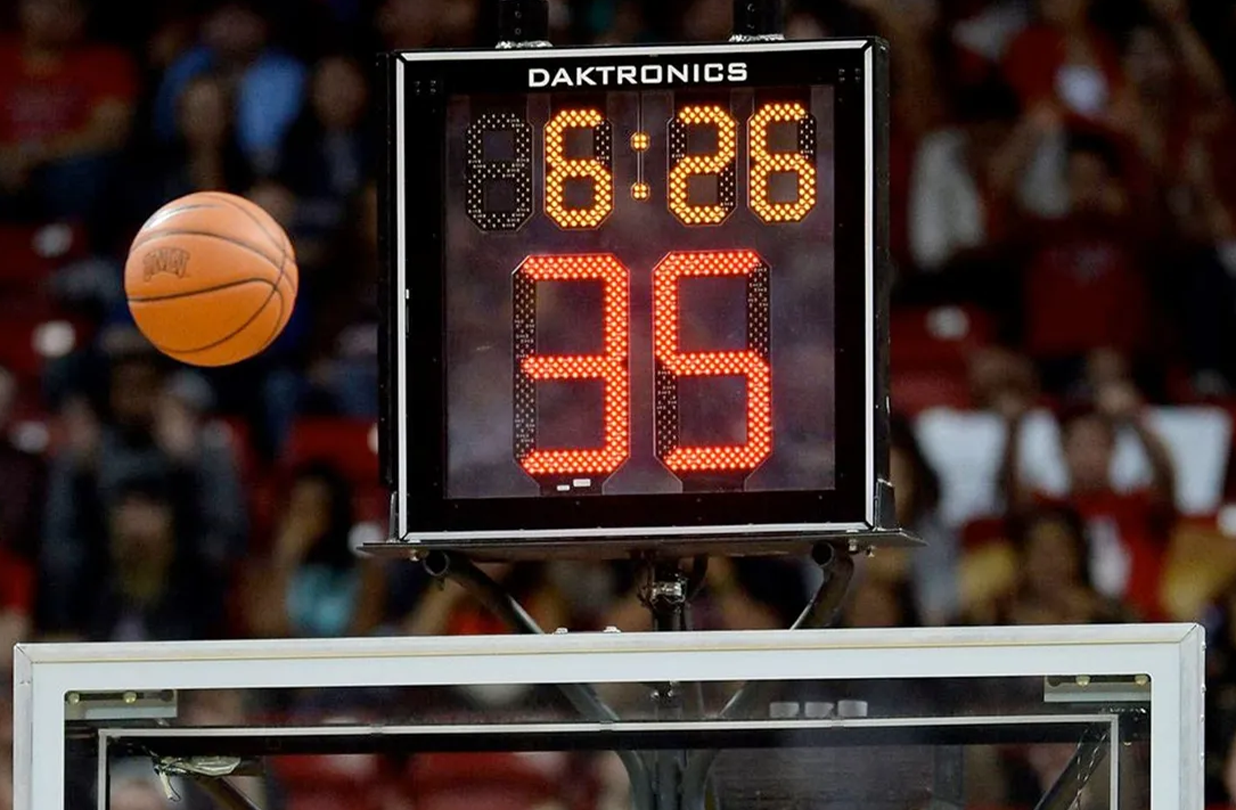Curling, often likened to “chess on ice,” is a sport rich in strategy and precision. A pivotal rule that has significantly influenced gameplay is the Free Guard Zone (FGZ) rule. This rule prohibits the removal of certain stones from play during the initial phase of an end, thereby promoting more strategic and engaging matches.
The FGZ refers to the area between the hog line and the tee line, excluding the house. Under the current five-rock rule, opponents cannot remove an opponent’s stone from this zone until the first five stones of the end have been played. If a stone in the FGZ is illegally removed, it is replaced to its original position, and the offending stone is taken out of play. This rule encourages teams to place guards early in the end, leading to more complex strategies and dynamic play.
Introduced in the 1990s and refined over time, the FGZ rule has transformed curling from a defensive game dominated by takeouts to one that values offensive strategy and shot-making skills. By preventing early elimination of guards, the rule ensures that teams must navigate through obstacles, making for a more exciting and tactical contest. This evolution has not only enhanced the spectator experience but also elevated the strategic depth of the sport.






